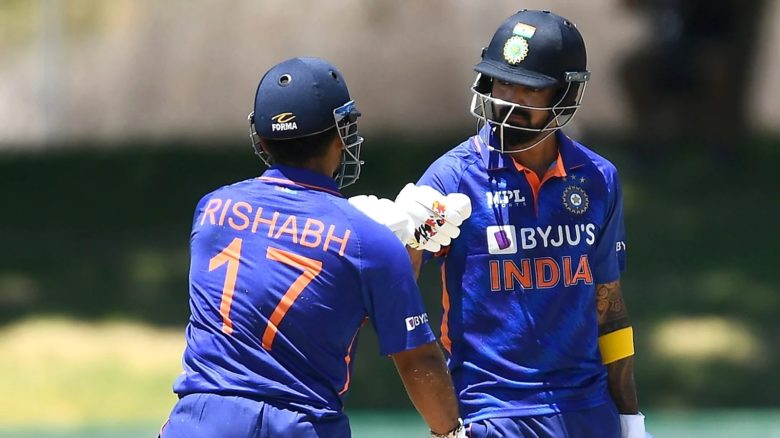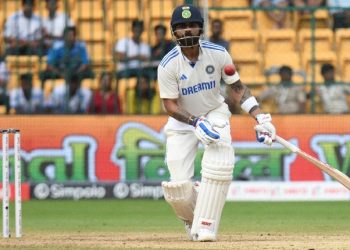New Delhi: India had started their tour of South Africa on a bright note, winning the Centurion Test by 113 runs. But after that, South Africa came back to win the next two Tests and take the series 2-1. One expected that with the ODI series, there will be a change in results.
But the same script followed as India were blanked 3-0 by South Africa in the ODIs. Playing ODIs for the first time after July 2021 (for first-choice players, after March 2021), India were rusty and looked out of sorts in the 50-over matches. We dissect the reasons behind India’s 3-0 loss in the ODIs against South Africa:
Batting returns not up to the mark
A quick glance at the batting cards of both teams will show the difference between South Africa and India. Three of the four highest run-scorers in the series were all from the hosts. Quinton de Kock topped the chart with 229 runs at an average of 76.33 and strike rate of 96.62 with a hundred and a fifty, Rassie van der Dussen at number two with 218 runs with a whopping average of 218.00 (was unbeaten twice in the series) and strike rate of 112.95 with a hundred and fifty as well.
Skipper Temba Bavuma made 153 runs at an average of 51 and strike rate of 80.10, including a century in the first match.
For India, Shikhar Dhawan was their top run-getter in the series, sandwiched between van der Dussen and Bavuma, making 169 runs at an average of 56.33 and strike rate of 86.66, with just two fifties.
India’s batters failed to aggregate 200 runs in the series. Moreover, no Indian batter got to the three-figure mark. While Dhawan and Kohli gave starts but were unable to make it big, the middle-order failed to stand up to the occasion and India’s batting lost the plot from there.
With the ODI series against West Indies at home in February, India will be hoping to fix the glitches in batting.
Middle overs muddle
It is no denying that India has a middle overs problem in batting, which was clearly illustrated in the ODIs against South Africa. In the first ODI, compared to South Africa’s 171/2 in that stage, India were 148/6, unable to stop the wickets from falling and thus weren’t able to make as many runs as they would have liked.
The script repeated when India batted first in the second ODI, making 160/5 in the middle overs phase. Then the script again repeated itself when chasing 288 on Sunday, India could muster 160/5 in the middle overs. Also, in terms of partnership, South Africa had at least a three-figure stand in every match of the series, something India did only once (in the second ODI).
Spinners outplayed
Much was expected of Ravichandran Ashwin’s off-spin and Yuzvendra Chahal’s leg-spin against South Africa. But they couldn’t put up a good show as South Africa’s spinners outplayed them. In a complete reversal of 2018, where Chahal and Kuldeep Yadav bamboozled the South Africa batters, here the Proteas’ spinners were getting the better of India’s batters.
Overall, the troika of Tabraiz Shamsi, Keshav Maharaj and Aiden Markram took nine wickets in 65 overs while conceding 218 runs. On the other hand, combining Ashwin, Chahal, Jayant Yadav and Shreyas Iyer’s numbers, India had just three wickets from spin in 32.1 overs while conceding 343 runs. In terms of pace, South Africa took 15 wickets while their Indian counterparts could get ten wickets. Clearly, the spin attack didn’t do wonders for India.
(IANS)




















